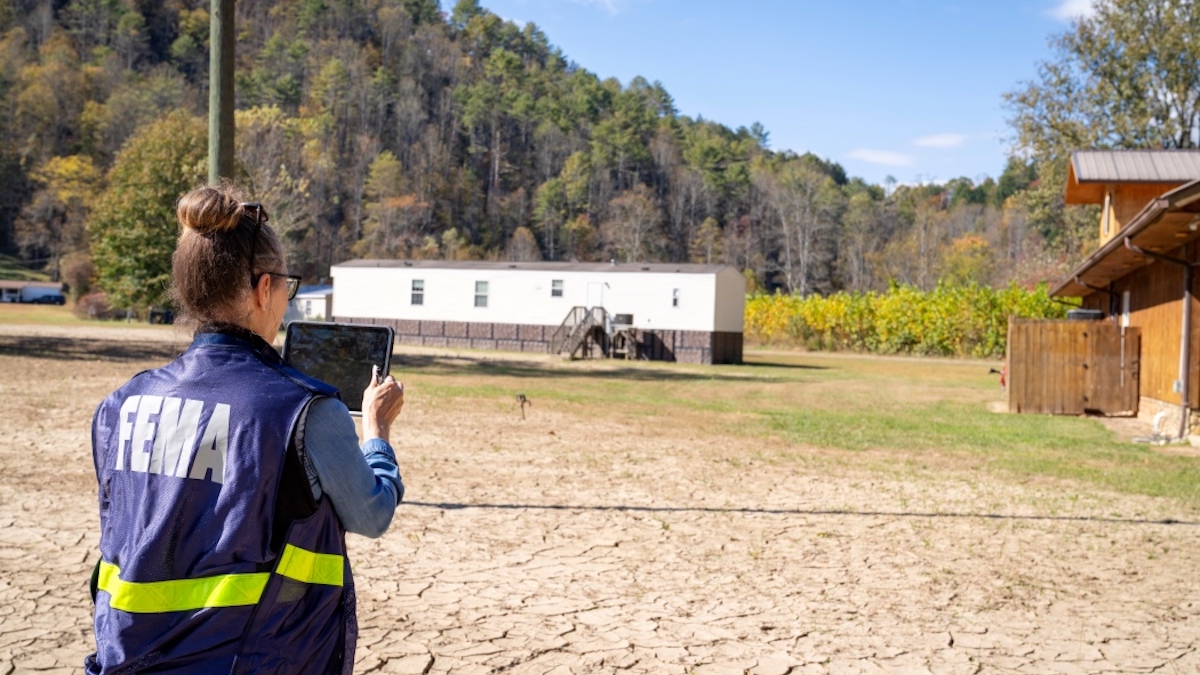The ancient proverb “the enemy of my enemy is my friend” long predates the discovery of antibiotics. Modern scientists recently found a way put this adage into practice when they found that peptides made by one lung-colonizing bacteria can act against another.
Their target was Streptococcus pneumoniae, also known as pneumococcus—a bacterium that can cause pneumonia, meningitis, and septicemia, especially in children, the elderly, and immunocompromised individuals.1 In a study recently published in Communications Biology, a team led by Lucy Hathaway, a microbiologist from the University of Bern, found that resident respiratory tract member and occasional pathogen Klebsiella pneumoniae released peptides that specifically stymied S. pneumoniae’s growth.2
With antibiotic resistance on the rise, researchers are searching for new treatment options against S. pneumoniae, particularly because it is adept at becoming resistant to therapeutics.3 “It’s naturally competent for genetic transformation. So, it can take up DNA from its environment, not only from other pneumococci but also from other bacterial species that are closely related in the nasopharynx,” said Hathaway. These acquisitions can alter the proteins and carbohydrates that pneumococci express on their surfaces and cause antibiotic resistance.
Hathaway studies the interactions between pneumococcus and other bacterial species. Before it causes infection in humans, pneumococcus must colonize the nasopharynx, fighting for a spot amongst commensal bacteria that normally reside there.4 S. pneumoniae can take up oligopeptides from its environment, some secreted by neighboring microbes, which influence the bacterium’s transcriptome and proteome. Hathaway’s team previously found that portions of a S. pneumoniae transporter, named the Ami-AliA/AliB permease, interacted with peptides released by K. pneumoniae and that these peptides inhibited pneumococcal growth.5
In their recent study, the researchers analyzed the entire K. pneumoniae secretome by liquid chromatography-tandem mass spectrometry and identified yet another peptide that hijacked the S. pneumoniae permease and suppressed the bacterium’s growth. They named the interspecies peptide V11A after its 11-amino acid length. Scientists could one day use this peptide, or ones like it, as a therapeutic against S. pneumoniae.
“The most interesting result is that V11A suppresses the growth of pneumococcus not only in peptide-free medium but also in human cerebrospinal fluid,” said Hathaway. “That’s interesting for me because in meningitis patients you get pneumococcus in the [cerebrospinal fluid]. So, if we had a tool that suppressed the growth, I think that is potentially very useful.”
The researchers observed that V11A inhibited the growth of many S. pneumoniae strains, including clinical and antibiotic resistant isolates, in a manner that was dependent on the presence of a functional Ami-AliA/AliB permease. In fact, the only strains that resisted V11A’s attack had known mutations in a portion of the permease complex. The growth effect was bacteriostatic rather than bactericidal, meaning that the peptide suppressed bacterial growth without killing the cells. “That’s potentially an advantage for an antipneumococcal therapy because pneumococcus produces this lytic toxin, pneumolysin, which binds to cholesterol in eukaryotic cell membranes and causes inflammation cell damage,” said Daniel Neill, a microbiologist from the University of Dundee who was not involved in this study. “To have an agent that [is] able to arrest pneumococcal growth rather than directly lyse the bacteria could be a real big advantage.”
Hathaway’s group next investigated V11A’s effect on competence—bacteria’s ability to take up extracellular DNA during transformation—and S. pneumoniae’s characteristic chain morphology, where growing cells resemble a string of beads. While some antibiotics can induce competence and elongate the bacterial chains, V11A treatment caused the opposite, with decreased transformation rates and chain lengths.6 Because researchers have associated longer chain lengths with an increased ability to stick to epithelial cells, Hathaway explored if V11A could create the reverse effect. 7 After determining that the peptide was not toxic in vitro or in vivo, the researchers found that the peptide inhibited pneumococcal adherence to airway cell cultures and prevented S. pneumoniae from colonizing the rat nasopharynx.
To better understand the phenotypic changes imparted by V11A, the researchers sequenced pneumococci exposed to the peptide and found multiple changes in gene expression, many of which were also reflected in alterations to the S. pneumoniae proteome. They found an up- or downregulation of genes involved in adherence, competence, and fatty acid and amino acid biosynthesis, in line with V11A’s effects on transformation and colonization. Neill said that the influence on competence could be a particularly beneficial feature for a pneumococcal therapeutic, considering the bacterium’s penchant for taking up DNA. He added, “If we can limit the amount of incorporation of exogenous DNA from pneumococcus that should, in theory, slow the emergence and spread of resistance.”
In addition to V11A’s ability to put the squeeze on antibiotic resistant bacteria through a nonlytic method and reduce transformation and adherence, Hathaway sees the peptide’s species specificity as further evidence that it could become a promising antipneumococcal treatment. V11A did not affect other common lung colonizers, including Haemophilus influenzae or Staphylococcus aureus, a detail that is important when developing narrow-spectrum drugs. “If you were giving the peptide in the context of the microbiota, for example in the respiratory tract, it would target the pathogen while not interfering with the harmless or even helpful bacteria,” said Hathaway.
While the researchers found that V11A does enter into pneumococci via the permease, they next want to understand how the peptide affects gene expression once inside. Additionally, Hathway’s team plan to optimize the dose and delivery, perform further toxicity tests, and determine if resistance can develop over time to V11A’s yet unknown mechanism. “I’m really excited to see if we can use the peptide to curb disease,” said Hathaway.
- van der Poll T, Opal SM. Pathogenesis, treatment, and prevention of pneumococcal pneumonia. Lancet. 2009;374(9700):1543-1556.
- Lux J, et al. Klebsiella pneumoniae peptide hijacks a Streptococcus pneumoniae permease to subvert pneumococcal growth and colonization. Commun Biol. 2024;7(1):1-13.
- CDC. COVID-19: US impact on antimicrobial resistance, special report 2022. Atlanta, GA: U.S. Department of Health and Human Services, CDC; 2022.
- Horn KJ, et al. Airway Prevotella promote TLR2-dependent neutrophil activation and rapid clearance of Streptococcus pneumoniae from the lung. Nat Commun. 2022;13(1):3321.
- Lux J, et al. AmiA and AliA peptide ligands are secreted by Klebsiella pneumoniae and inhibit growth of Streptococcus pneumoniae. Sci Rep. 2022;12(1):22268.
- Domenech A, et al. Antibiotic-induced cell chaining triggers pneumococcal competence by reshaping quorum sensing to autocrine-like signaling. Cell Rep. 2018;25(9):2390-2400.e3.
- Rodriguez JL, et al. Increased chain length promotes pneumococcal adherence and colonization. Infect Immun. 2012;80(10):3454-3459.




















Discussion about this post